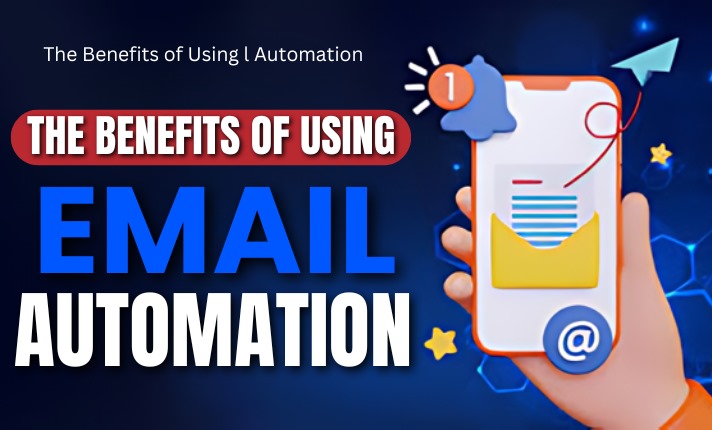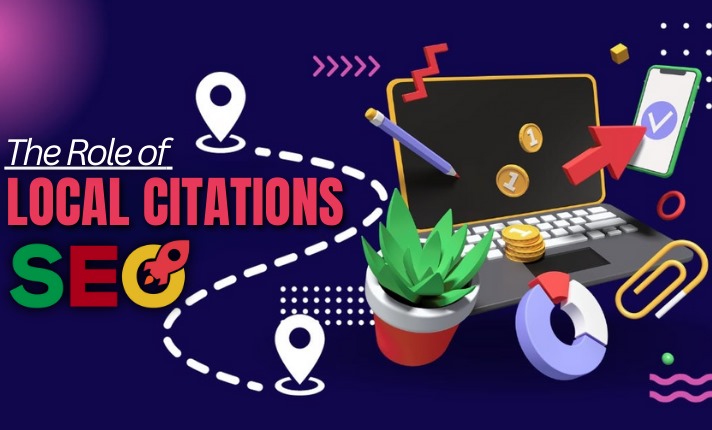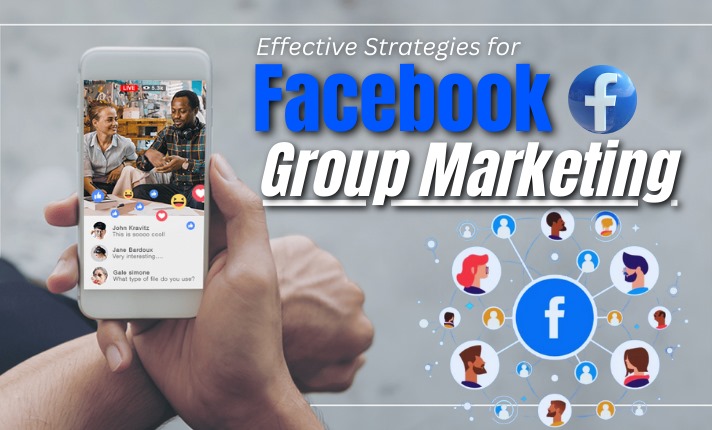
Introduction
In today’s fast-paced digital landscape, businesses are constantly seeking ways to optimize their marketing efforts. Email automation has emerged as a powerful tool, enabling companies to streamline their communication with customers, nurture leads, and ultimately drive growth. This article explores the benefits of using email automation and how it can transform your marketing strategy.
1. What is Email Automation?
Email automation involves using software to send targeted and personalized emails to your audience based on specific triggers or schedules. These automated emails can be used for various purposes, such as welcoming new subscribers, sending promotional offers, or re-engaging inactive customers.
2. Key Benefits of Email Automation
Time-Saving Efficiency
One of the most significant advantages of email automation is the time it saves. By automating repetitive tasks, such as sending welcome emails or follow-ups, you can focus on more strategic aspects of your business. This increased efficiency allows your team to invest time in creative tasks and other essential activities.
Improved Personalization
Email automation enables you to segment your audience based on their behavior, preferences, and demographics. This segmentation allows you to send highly personalized content that resonates with each recipient, increasing the chances of engagement and conversions. Personalized emails often have higher open and click-through rates compared to generic ones.
Consistent Communication
Maintaining regular communication with your audience is crucial for building strong relationships. Email automation ensures that your subscribers receive timely and relevant messages without any manual intervention. This consistency helps keep your brand top-of-mind and fosters trust with your audience.
Enhanced Customer Journey
With email automation, you can create a seamless customer journey by sending the right message at the right time. For example, you can set up automated workflows to guide new subscribers through a series of onboarding emails, providing them with valuable information and resources. This structured approach helps nurture leads and convert them into loyal customers.
Increased Engagement and Conversion Rates
Automated emails are highly targeted and relevant, which leads to better engagement from your audience. By delivering content that addresses their specific needs and interests, you can encourage recipients to take desired actions, such as making a purchase or signing up for a webinar. Higher engagement often translates to increased conversion rates and revenue.
3. Types of Email Automation
Welcome Emails
Welcome emails are the first point of contact with new subscribers. These emails set the tone for your relationship and provide an opportunity to introduce your brand, highlight your value proposition, and guide recipients on what to expect from your communications.
Drip Campaigns
Drip campaigns are a series of automated emails sent over a specified period. They are designed to nurture leads by providing valuable content and gradually guiding them toward making a purchase decision. Drip campaigns can be tailored to different stages of the customer journey.
Abandoned Cart Emails
For e-commerce businesses, abandoned cart emails are crucial for recovering lost sales. These automated emails remind customers of the items they left in their cart and encourage them to complete their purchase. Including incentives, such as discounts or free shipping, can further motivate customers to take action.
Re-Engagement Emails
Re-engagement emails target inactive subscribers who haven’t interacted with your emails for a while. These emails aim to rekindle their interest by offering special promotions, asking for feedback, or showcasing new products or services. Re-engaging dormant subscribers can help improve your email list’s overall health and effectiveness.
4. Best Practices for Email Automation
Segment Your Audience
Segmentation is key to delivering relevant content to your subscribers. Group your audience based on factors such as purchase history, engagement level, and preferences. This approach ensures that your automated emails are tailored to each segment’s unique needs and interests.
Use Clear and Compelling CTAs
Every automated email should have a clear and compelling call-to-action (CTA). Whether you want recipients to download a resource, make a purchase, or attend an event, your CTA should be easy to understand and enticing enough to encourage action.
Test and Optimize
Regularly testing and optimizing your email automation workflows is essential for maximizing their effectiveness. A/B testing different subject lines, email content, and send times can provide valuable insights into what resonates best with your audience. Use these insights to refine your automation strategy.
Monitor Performance Metrics
Tracking key performance metrics, such as open rates, click-through rates, and conversion rates, is crucial for evaluating the success of your email automation efforts. Monitoring these metrics helps you identify areas for improvement and make data-driven decisions to enhance your campaigns.
Conclusion
Email automation is a game-changer for businesses looking to optimize their marketing efforts and achieve better results. By leveraging the power of automation, you can save time, improve personalization, maintain consistent communication, and boost engagement and conversions. Implementing effective email automation strategies can significantly enhance your overall marketing strategy and contribute to your business’s growth.
If you want to explore how Digital Vibes can help elevate your social media marketing strategy and achieve your business goals, please scroll down and click on our service button to discover our range of services. We are confident you’ll see great results with our service.
Share this post :
Our Service
Get Our Social Media Marketing Service







